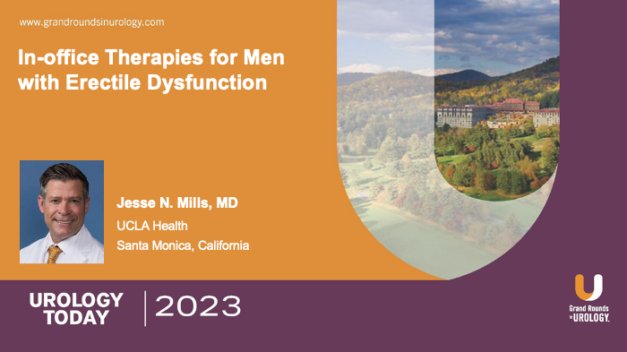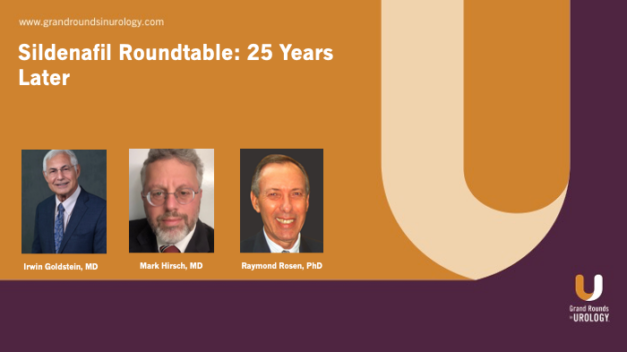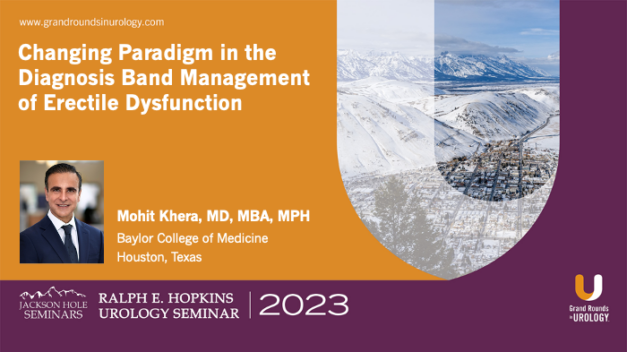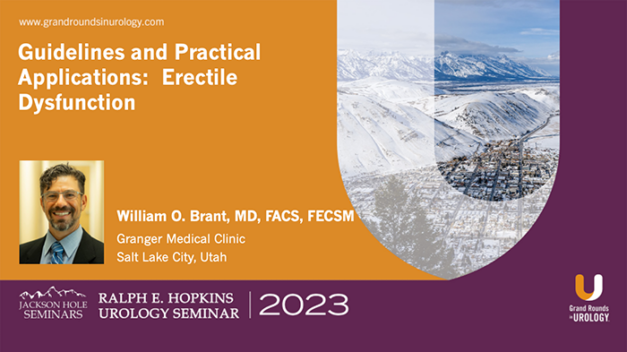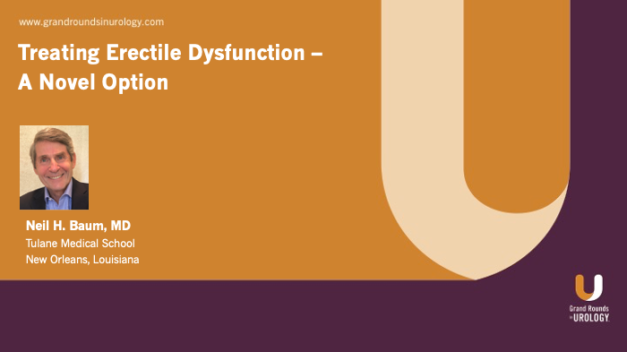Climacturia After Radical Prostatectomy: What is It? Why is It? How Do We Treat It?
Brian S. Christine, MD, Brian S. Christine, MD, addresses the overlooked issue of climacturia in men who have undergone radical prostatectomy.
In this 19-minute talk, Dr. Christine outlines both conservative and surgical management strategies for climacturia. Simple approaches include bladder emptying before intercourse and the use of constriction rings, pharmacologic treatments, and surgical options like suburethral slings. For patients with severe erectile dysfunction requiring penile implants, he discusses an innovative approach using a Mini Jupette sling.
Dr. Christine emphasizes the need for better preoperative counseling on climacturia and highlights the range of available treatment options tailored to individual patient needs, from conservative measures to advanced surgical interventions.
Read More



